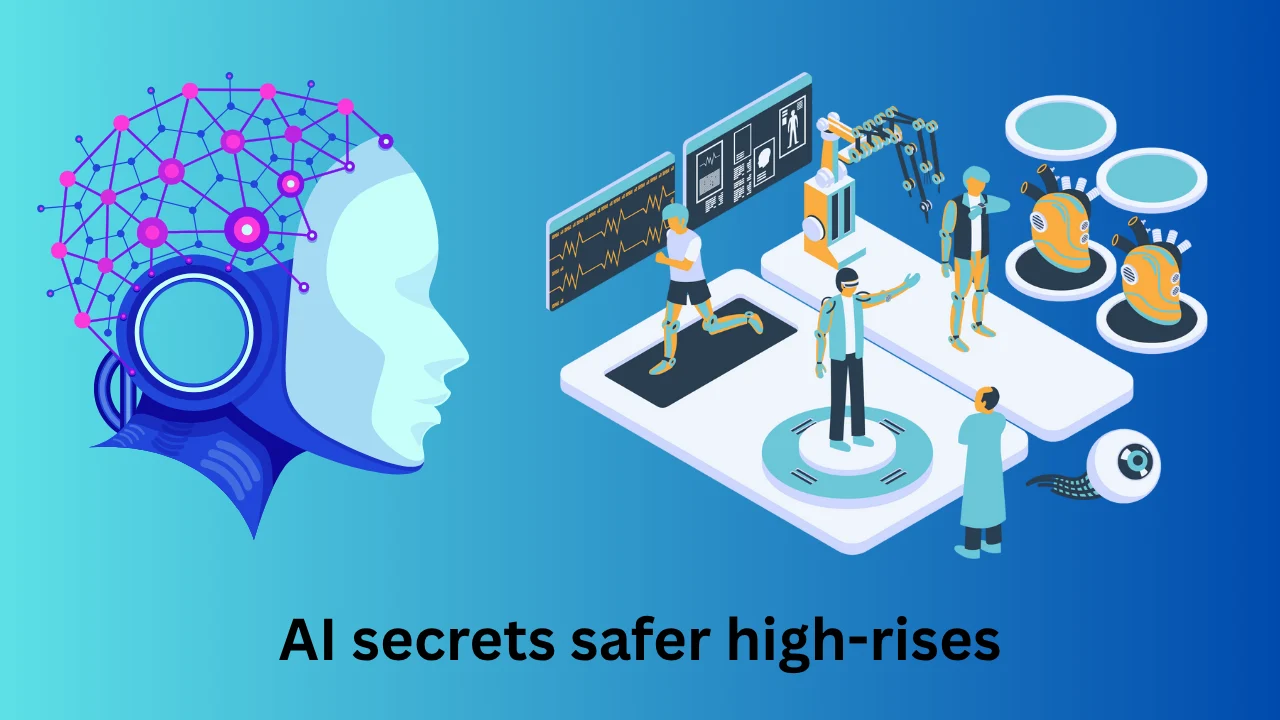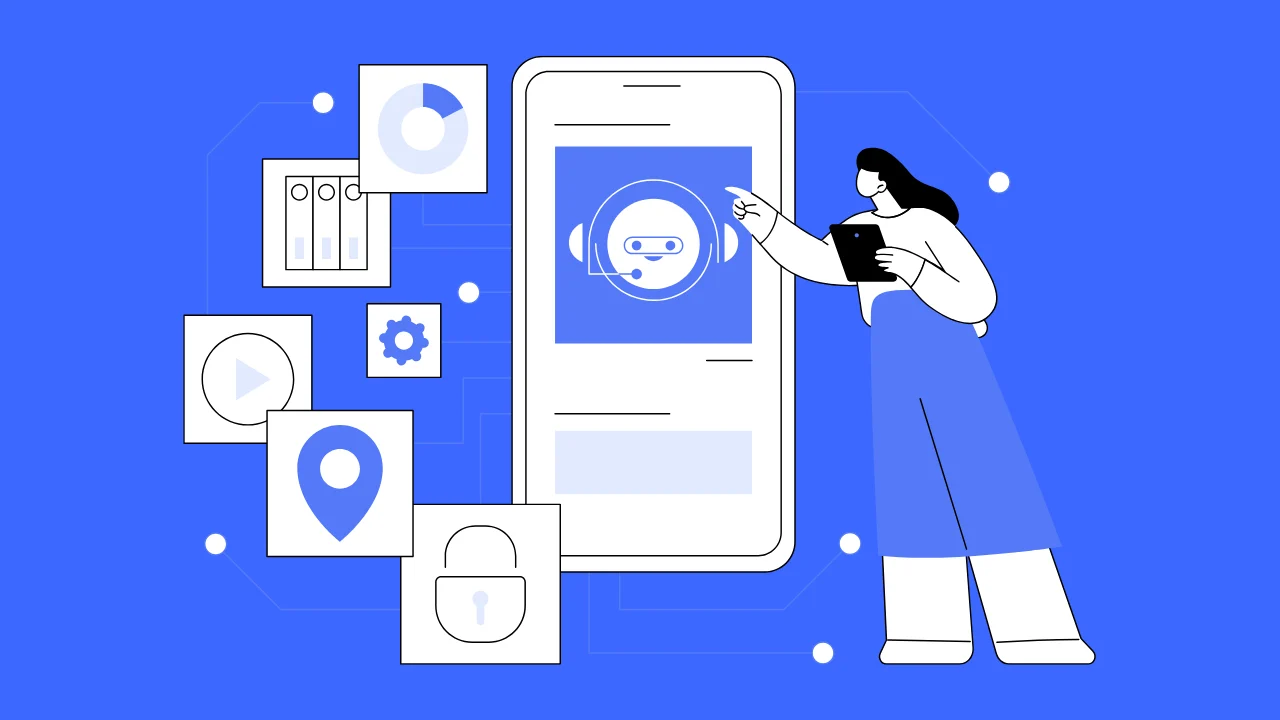Introduction
Student engagement is the heartbeat of effective education. When students are fully immersed in their learning, they retain more, think critically, and thrive academically. Yet, keeping every student engaged—especially with diverse needs and learning styles—can feel like an uphill battle for educators. Enter Artificial Intelligence (AI), a game-changer in modern classrooms. AI tools for student engagement offer innovative ways to personalize learning, spark interaction, and make education accessible to all.
In this article, we dive into five powerful AI-driven strategies that can transform your classroom management approach. These strategies, paired with cutting-edge AI tools, promise to boost engagement and create a dynamic learning environment. Whether you’re looking to tailor lessons, gamify assessments, or provide instant feedback, these classroom strategies powered by AI in education are here to help. Let’s explore how you can harness these tools to captivate your students and elevate their learning experience.
5 AI-Driven Strategies to Enhance Student Engagement
1. Personalized Learning Paths with AI
How AI Tailors Learning Experiences
Imagine a classroom where every student learns at their own pace, with content perfectly matched to their strengths and weaknesses. AI makes this possible by analyzing data like performance metrics, preferences, and progress. It then crafts individualized learning paths, ensuring students stay challenged without feeling overwhelmed. This adaptability is a cornerstone of AI tools for student engagement, turning passive learners into active participants.
“AI doesn’t replace teachers; it amplifies their ability to reach every student.” – Sal Khan, Founder of Khan Academy.
Tools to Consider: Knewton Alta, Khanmigo
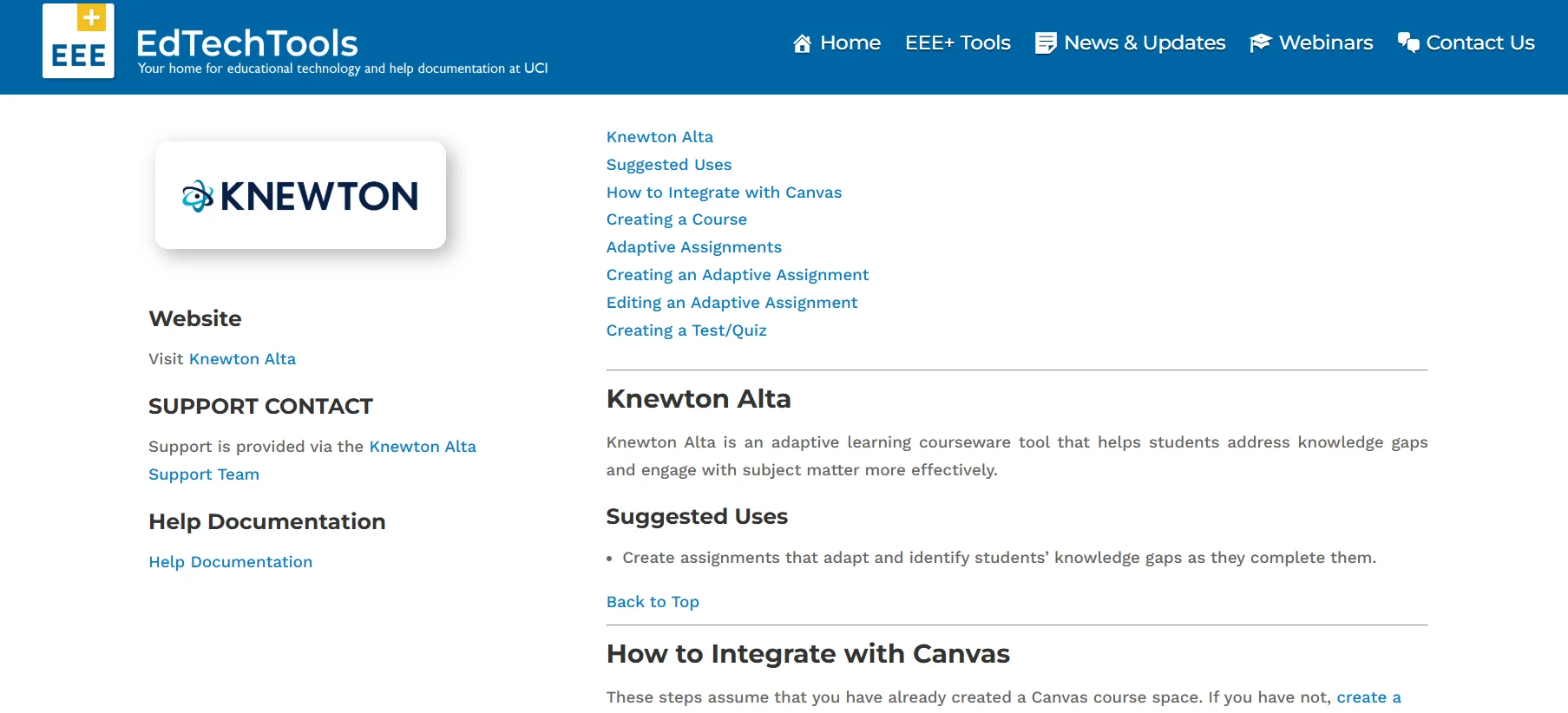
- Knewton Alta: This adaptive learning platform uses AI to pinpoint knowledge gaps and deliver customized lessons. It adjusts in real-time, offering resources and assignments tailored to each student’s needs.
- Khanmigo: A virtual tutor from Khan Academy, Khanmigo provides personalized guidance. It responds to student inputs with step-by-step explanations, making learning feel like a one-on-one session.
Implementation Tips
To bring personalized learning into your classroom:
- Assess students’ starting points with diagnostic quizzes or surveys.
- Use AI tools to generate custom lesson plans and track progress.
- Check in regularly to tweak paths based on performance data.
- Empower students to set goals, fostering ownership of their learning.
Expected Benefits
Personalized learning paths can:
- Boost motivation by keeping content relevant and engaging.
- Improve retention through targeted practice.
- Close achievement gaps with tailored support.
- Build confidence as students master concepts at their own pace.
2. Interactive Lesson Creation Using AI
Making Lessons More Engaging
Interactive learning keeps students hooked, and AI tools make it easier than ever to craft lessons that pop. These tools generate multimedia content—think quizzes, polls, and simulations—that appeal to visual, auditory, and kinesthetic learners alike. By weaving AI into your classroom strategies, you can turn dry lectures into vibrant, participatory experiences.
“The future of education lies in personalization, and AI is the key to unlocking it.” – Dr. Maria Andersen, EdTech Innovator.
Tools to Consider: Curipod, Canva Magic Write
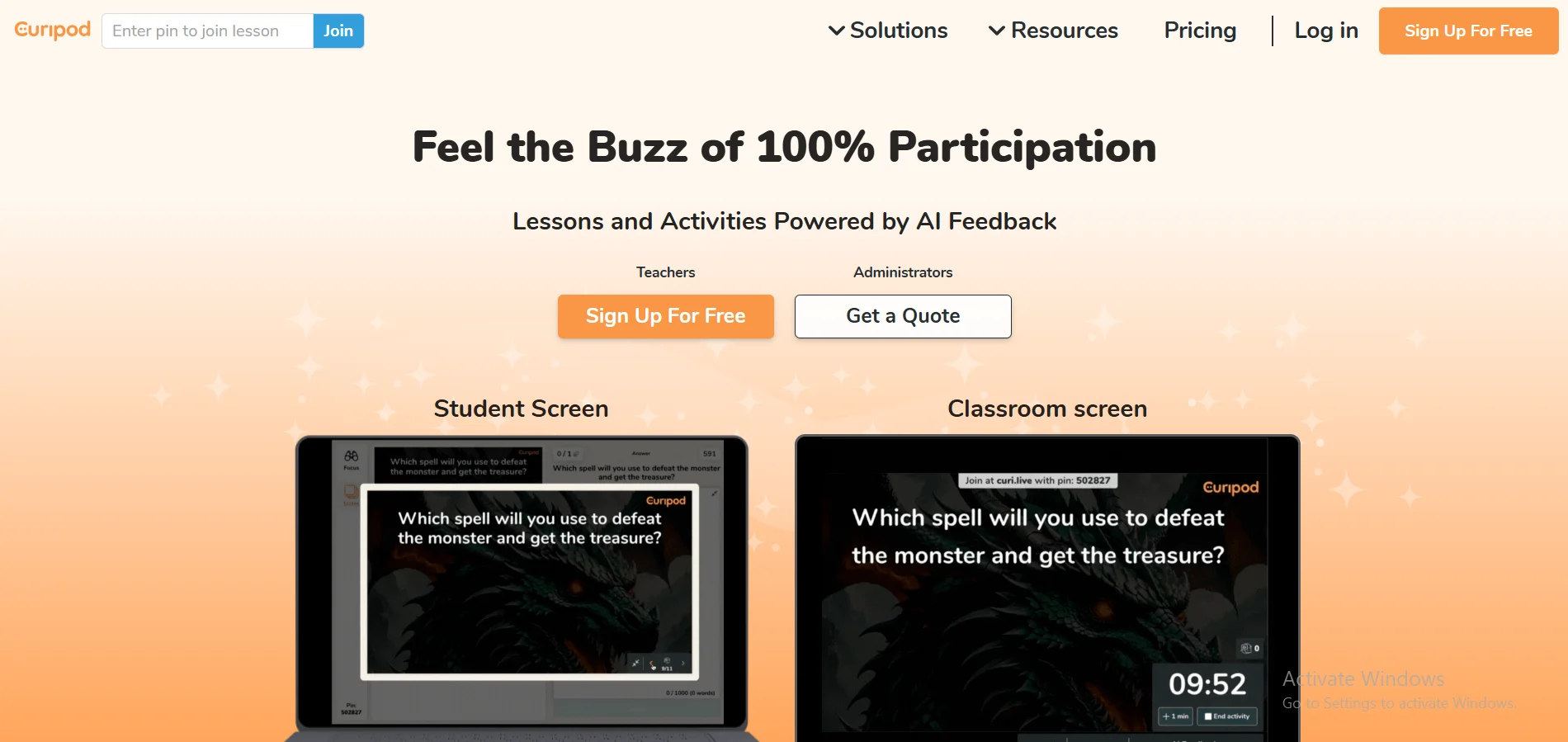
- Curipod: Type a topic, and Curipod’s AI whips up an interactive lesson complete with visuals and activities. It’s perfect for sparking discussions or group work.
- Canva Magic Write: This AI feature within Canva helps brainstorm ideas and create stunning presentations. It’s a time-saver for designing engaging lesson materials.
Implementation Tips
To craft interactive lessons:
- Define your lesson goals and key takeaways.
- Use AI to build content with videos, images, and interactive elements.
- Add real-time activities like polls to keep students involved.
- Gather student feedback to refine future lessons.
Expected Benefits
Interactive lessons offer:
- Higher participation as students connect with the material.
- Flexibility for different learning styles.
- Time savings for teachers on prep work.
- Instant insights into student understanding through interactive responses.
3. Gamifying Assessments with AI
Turning Tests into Games
Tests don’t have to be a source of dread. AI tools for student engagement can gamify assessments, making them fun and motivating. With features like leaderboards, rewards, and adaptive challenges, these tools transform quizzes into games that students actually want to play. It’s a brilliant way to blend assessment with interactive learning.
Tools to Consider: Quizizz, Kahoot!
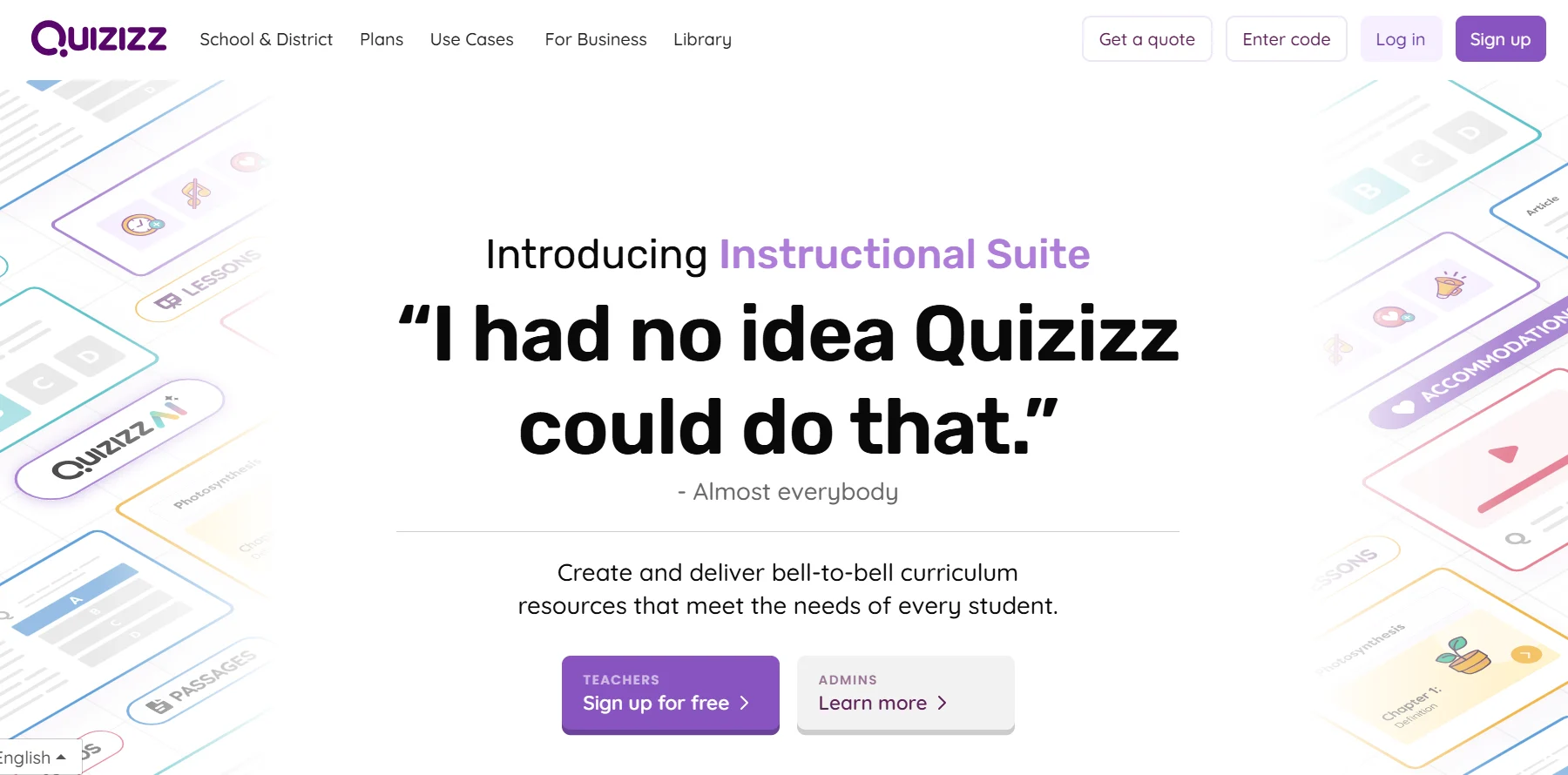
- Quizizz: This platform creates personalized, game-based quizzes with fun extras like avatars and power-ups. It keeps students engaged while tracking their progress.
- Kahoot!: A classroom favorite, Kahoot! uses AI to deliver competitive quizzes and simulations that energize the room.
Implementation Tips
To gamify your assessments:
- Pick a tool that fits your subject and assessment needs.
- Design games that test core concepts in an engaging way.
- Add competitive elements like points or timers to spark excitement.
- Use results to pinpoint where students need extra help.
Expected Benefits
Gamified assessments can:
- Lower stress and boost enthusiasm for testing.
- Offer instant feedback for quick learning adjustments.
- Foster collaboration through friendly competition.
- Make review sessions more enjoyable and effective.
4. Enhancing Accessibility through AI
Supporting Diverse Learners
Every student deserves a chance to shine, and AI in education ensures no one is left behind. Tools designed for accessibility support students with disabilities by offering features like speech-to-text or early detection of learning challenges. These AI tools for student engagement create an inclusive classroom where everyone can thrive.
Tools to Consider: Notta, Dysolve
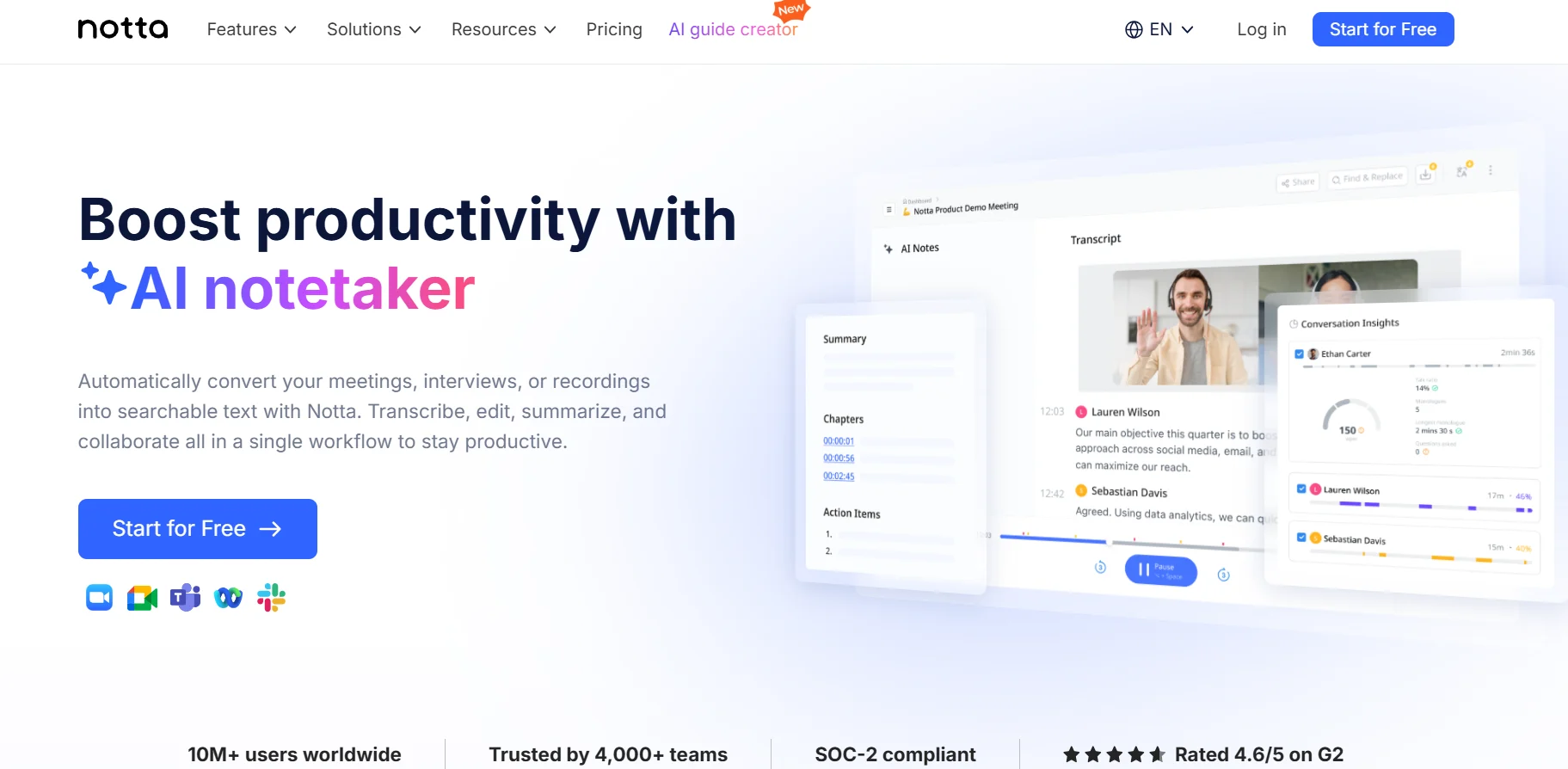
- Notta: This speech recognition tool transcribes spoken lessons, aiding hearing-impaired students or those who struggle with note-taking.
- Dysolve: Focused on dyslexia, Dysolve uses AI to analyze reading patterns and provide customized interventions for struggling readers.
Implementation Tips
To enhance accessibility:
- Identify students’ unique needs through observation or assessments.
- Integrate AI tools that address those needs into daily lessons.
- Train yourself and students on tool usage for maximum impact.
- Monitor how these tools improve participation and adjust accordingly.
Expected Benefits
Accessibility tools deliver:
- A more equitable learning environment for all.
- Increased engagement among students with special needs.
- Early intervention for learning difficulties.
- Greater independence for diverse learners.
5. Providing Real-Time Feedback with AI
Instant Insights for Students and Teachers
Feedback is most powerful when it’s timely. AI tools analyze student work on the fly, offering instant insights that help both students and teachers adjust in real time. This immediacy turns feedback into a tool for growth, making it one of the most effective classroom strategies powered by AI.
Tools to Consider: Mainstay, Eduaide.AI
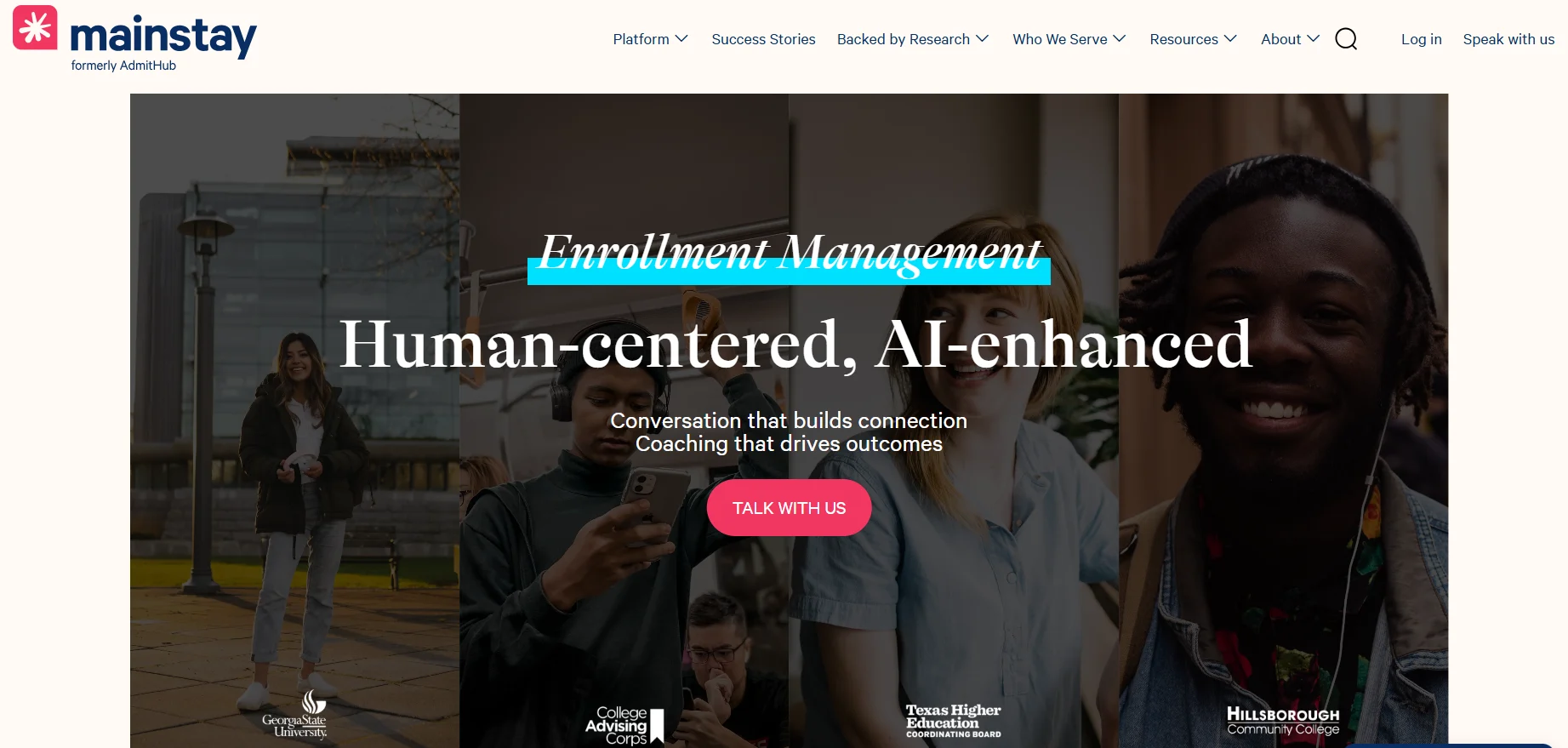
- Mainstay: A chatbot that supports students outside class with instant answers and reminders, keeping them on track.
- Eduaide.AI: This teaching assistant generates feedback and tracks progress, giving teachers data to refine their methods.
Implementation Tips
To use real-time feedback:
- Select a tool that aligns with your teaching goals.
- Embed it into lessons or assignments for ongoing use.
- Review AI-generated insights to tailor your instruction.
- Encourage students to act on feedback for self-improvement.
Expected Benefits
Real-time feedback brings:
- Quick correction of misunderstandings.
- Personalized teaching adjustments on the spot.
- Heightened engagement through relevant guidance.
- A culture of continuous improvement.
AI tools for Student: Addressing Challenges in AI Integration
AI tools for student engagement hold immense potential, but they come with hurdles. From privacy concerns to resource gaps, integrating AI into classrooms requires careful planning. Let’s break down the key challenges and how to tackle them.
“Engagement isn’t just about attention—it’s about connection, and AI helps build that bridge.” – John Hattie, Education Researcher.
Navigating Data Privacy Issues
AI relies on student data, which can raise red flags about privacy. Tools must comply with laws like FERPA in the U.S. To protect students:
- Choose tools with transparent privacy policies.
- Limit data collection to what’s necessary.
- Educate students and parents about data use.
Training Teachers for AI Adoption
AI is only as good as the educators using it. Many teachers need training to feel confident with these tools. Schools can:
- Offer workshops on AI basics and tool-specific skills.
- Pair teachers with tech mentors for ongoing support.
- Provide time for practice and experimentation.
Ensuring Equitable Access to AI Tools
Not every student has a device or reliable internet, risking a digital divide. To bridge this gap:
- Secure funding for classroom tech through grants or partnerships.
- Offer loaner devices or offline alternatives.
- Advocate for school-wide tech equity initiatives.
| Challenge | Solution | Impact |
|---|---|---|
| Data Privacy | Use compliant tools, limit data | Protects student info |
| Teacher Training | Provide workshops, mentorship | Boosts teacher confidence |
| Equitable Access | Fund tech, offer alternatives | Ensures inclusion for all |
Looking Ahead to an AI-Enhanced Classroom
The future of education is unfolding before us, and AI tools for student engagement are leading the charge. By embracing personalized learning, interactive lessons, gamified assessments, accessibility, and real-time feedback, teachers can craft classrooms that inspire and empower. While challenges like privacy and equity remain, proactive solutions can pave the way for success. As AI in education evolves, it promises a world where every student is engaged, supported, and ready to excel. The question isn’t whether to adopt these tools—it’s how soon you’ll start transforming your classroom.
Frequently Asked Questions
1. What are some top AI tools for student engagement?
AI tools like Knewton Alta, Quizizz, and Notta enhance engagement by personalizing learning, gamifying assessments, and supporting diverse needs, making lessons more interactive and inclusive.
2. How do classroom strategies benefit from AI?
AI-powered strategies boost engagement by tailoring content, adding interactivity, and providing instant feedback, helping teachers meet students’ unique needs effectively.
3. Can AI in education really improve student outcomes?
Yes, studies show AI can increase retention and participation. For example, personalized tools like Khanmigo adapt to students, improving their mastery of subjects.
4. What’s the biggest challenge with AI tools for student engagement?
Data privacy tops the list. Schools must ensure tools safeguard student info while balancing the benefits of AI-driven engagement.
5. How do I start using AI tools in my classroom?
Begin small—pick one tool like Curipod for interactive learning, test it with a lesson, and scale up as you and your students get comfortable.





